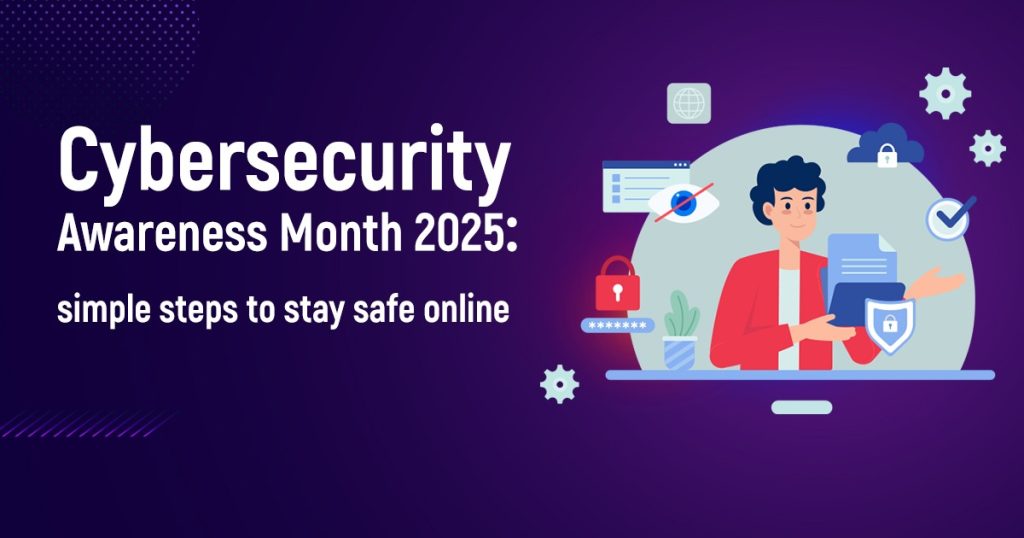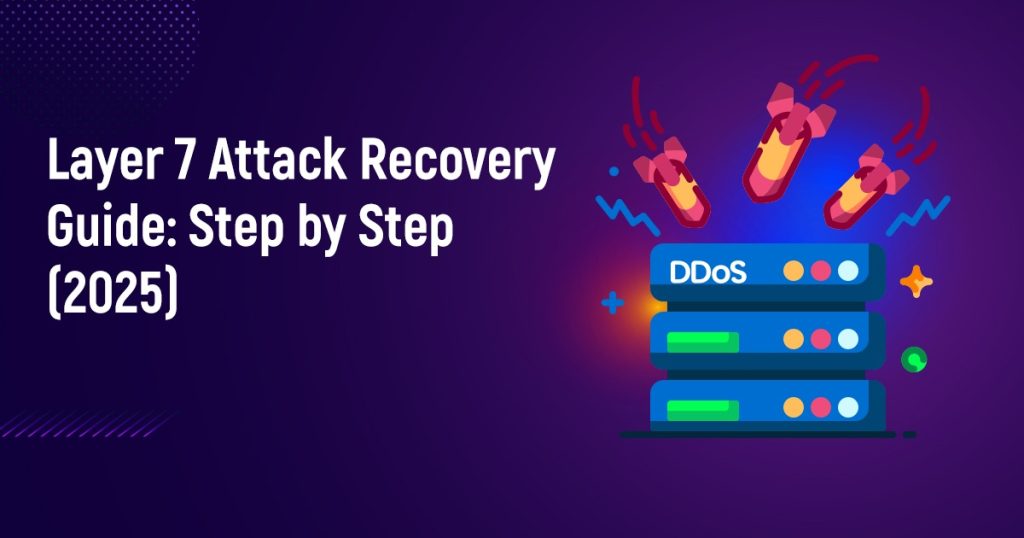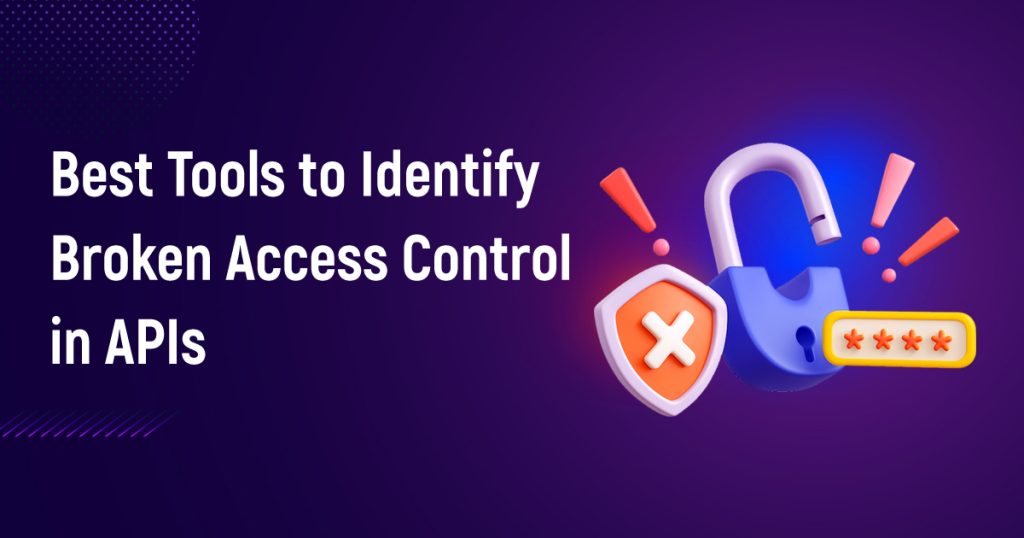How Do APIs Work?
- 44.3k Views
- 7 min. read
APIs (Application Programming Interfaces) have become the backbone of modern software development, allowing various applications, systems, and devices to communicate seamlessly. They enable data exchange, automated processes, and improve functionalities in various platforms, without the need to make everything from the developers to make everything from scratch. In this article, we will find out how APIs work, their components, protocols, safety measures, and real-world applications.
What is an API?
An API is an interface that enables software programs to interact with each other. It defines a set of rules and protocols that determine how to request data or services and how to handle reactions. APIs facilitate smooth integration and interoperability in web applications, mobile apps, cloud computing, IoT devices, and enterprise software.
For example, a weather application that displays real-time temperature and forecasts draws data from the outer weather API instead of storing it locally. Similarly, payment gateways such as PayPal and Stripe provide APIs that allow e-commerce platforms to process transactions safely.
How Do APIs Work?
APIs act as intermediaries between software applications, enabling smooth data exchange through a request-and-response cycle. They define the rules of how the applications interact and ensure efficient communication. This breakdown investigates how the APIs process requests, retrieve the data, and return the responses, allowing smooth integration between various systems and services.
1. API Request Initiation
The process begins when an API client (requested software) starts calling the API server to request or send data. This interaction can be triggered by user action, such as clicking on a button, submitting a form, or logging, or it can be automatically within an application, such as background synchronization or scheduled data updates.
2. API Request Components
An API request includes key components: Endpoint (API URL), HTTP method (GET, POST, PUT, DELETE), Headers (Authentication, API keys), Query Parameters (Filters, Sorting), and Body (JSON data as user details). These ensure safe and effective API communication.
3. API Processing & Authentication
When the API server receives a request, it authenticates and authorizes the client through the API keys or OAuth token. This then validates the request against the predefined Schema. If approved, the API interacts with databases or services, so that the data can be reserved and efficient to retrieve, update, or process the data.
4. API Response & Data Formatting
After processing, the API gives a response with the key details. The status code indicates success (200 OK) or errors (400, 401, 500). The header materials provide metadata like content types, while the response body carries data in JSON or XML for easy processing. This structured approach ensures efficient API communication and spontaneous data exchange.
5. API Client Processes the Response
The API client processes the response, shows data, stores, or triggers further requests. APIs activate seamless data exchange, so apps can interact with web services, third-party platforms, and cloud systems. This ensures real-time updates, automation, and better user experiences.
What are API Protocols and Architectures
APIs follow various protocols and architectures to enable smooth data exchange between applications. Common API Architectures include REST, SOAP, and GraphQL, each designed for a specific use. APIs rely on protocols like HTTP, WebSockets, and RPC to facilitate communication and ensure safe, efficient, and scalable software integration in various platforms and services.
1. REST (Representational State Transfer)
-
Uses standard HTTP methods like (GET, POST, PUT, etc.).
-
Supports various data formats like JSON, XML, etc.
-
They are Stateless and scalable, making them ideal for web applications.
2. SOAP (Simple Object Access Protocol)
-
Uses XML for message formatting.
-
Provides built-in security and transaction handling.
-
Majorly used in enterprise applications demanding strict security.
3. GraphQL
-
Allows clients to specify the exact data they need.
-
Reduces over-fetching and under-fetching of data.
-
Suitable for complex applications with dynamic data requirements.
4. WebSockets
-
Enables real-time, bidirectional communication.
-
Used for applications like chat systems and live stock market updates.
What are API Security Considerations
APIs expose application functionality and data, so robust security is crucial to avoid unauthorized access, data violations, and cyber threats. Implementing API security measures helps protect confidential information and maintain system integrity.
1. Authentication and Authorization
APIs Use OAuth, API Keys, JWT tokens, and mutual TLS to check customer identities and restrict access based on user permissions, ensuring that only authorized users can interact with the API.
2. Rate Limiting and Throttling
To avoid abuse, APIs impose rate limiting, restricting the number of requests that a customer can make within a specific deadline. This protects against DDoS attacks and ensures fair use of resources.
3. Input validation and sanitization
APIs should validate and sanitize user inputs to avoid Injection attacks, SQL injection, and cross-site scripting (XSS) This ensures that only properly processed formatted data is processed, reducing vulnerabilities.
4. Data Encryption
Safe data transmission is critical to API security. Implementing HTTPS and TLS protocols protects data in transit, preventing MITM attacks and unauthorized interceptions.
5. Logging and Monitoring
Continuous API monitoring helps to detect suspicious activities, track access logs, and analyze API usage patterns. This proactive approach enhances threat detection and attenuates safety risks before they escalate.
Real-World Use Cases of API
APIs power modern digital experiences, enabling seamless integration between applications in different industries. From social media and e-commerce to health care and AI. APIs companies allow companies to improve functionality, improve user experiences, and automate processes effectively. Here are some of the most common API use cases:
1. Integration of social media
APIs from platforms such as Facebook, Twitter, and Instagram enable developers to embed social sharing, login authentication, and real-time feeds into their apps, improving user engagement and interaction.
2. E-commerce and payments
Stripe, PayPal, and Square APIs facilitate secure online transactions, automation of payment processing, reimbursement, and invoicing of subscriptions, making online shopping more seamless.
3. Travel & Booking
Travel APIs aggregate flight, Hotel, and Car Rental data from several suppliers, so travel platforms can offer users real-time pricing, availability, and booking options.
4. Health services
APIs in the health care system facilitate the safe exchange of patient records, agreement planning, and medical data between hospitals, health apps, and insurance providers while complying with HIPAA and GDPR.
5. AI & Machine Learning
APIs like OpenAI, Google Cloud AI, and IBM Watson provide developers access to advanced AI-driven features, including natural language processing, image recognition, and predictive analysis.
How APIs Work
APIs are the basis for modern software systems, facilitating communication between applications and enabling seamless data exchange. They operate through requests and responses: a client sends a request and the API processes it, retrieves the necessary data, and returns a structured response. By utilizing various protocols such as REST, SOAP, and GraphQL, APIs ensure effective, scalable, and secure integration across platforms.
Authentication methods, request validation, data processing, and response handling make it possible for developers to create high-performing applications that interact without any problems with third-party services. Whether you retrieve data from a database, process payments, or enable AI-driven features, Digital APIs power digital transformation across industries.
Prophaze Enhancing API Security and Performance
APIs handle sensitive data and critical transactions, so security is crucial. Prophaze, a next-generation API Security and Web Application Firewall (WAF) solution, protects APIs from cyber threats, unauthorized access, and abuse. It ensures safe communication by implementing real-time threat detection, authentication mechanisms such as OAuth and JWT, Input Validation, and AI-driven security protocols to prevent attacks such as SQL injection, DDoS, and API abuse.
When APIs continue to shape the digital landscape, Prophaze provides companies with the safety infrastructure needed to maintain safe, reliable, and uninterrupted API operations. By integrating intelligent security measures, Prophaze organizations allow the APIs to utilize SAP, and ensure seamless and secure application interactions in an ever-evolving technological world.
Recent Blog Post
Layer 7 Attack Recovery Guide: Step by Step (2025)
September 23, 2025
Top 12 Features Every MSSP Needs in a WAAP Platform (2025 Guide)
September 10, 2025
Top 8 Cybersecurity Challenges Indian Enterprises Face in 2025
September 10, 2025
Best Tools to Identify Broken Access Control in APIs
August 25, 2025







